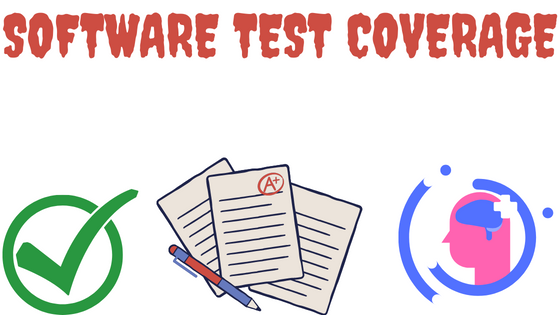Table of Contents
Introduction to Prompt Engineering in QA
Prompt engineering for QA is quickly becoming one of the most valuable skills in today’s AI-powered software development landscape. Whether you’re writing test cases, identifying edge scenarios, or designing exploratory strategies, quality assurance professionals can now leverage AI to generate high-quality test inputs if they know how to ask the right questions.
At its core, prompt engineering for QA is the practice of crafting precise, goal-driven inputs (or “prompts”) for large language models (LLMs) like ChatGPT, Claude, or Gemini. These models respond to natural language requests, but the quality of the response depends entirely on how well you structure the prompt, making prompt engineering an essential technique in modern QA workflows.
As a QA engineer, you can use prompt engineering to:
- Generate test data faster
- Cover edge cases you might overlook
- Create test cases for unfamiliar domains
- Summarize or rewrite bug reports
- Build reusable input strategies for exploratory testing
This guide shows you how it works, why it matters, and how to start using it today.
💬 Why write 100 test cases manually when AI can generate them before your coffee gets cold?
The Historical Context of Test Input Generation
Before the rise of AI, generating test inputs was a slow, manual, and often repetitive process. QA engineers would brainstorm values for every input field in a product, sometimes based on requirements, sometimes based on intuition. It wasn’t unusual for testers to type out values one by one in spreadsheets or test cases:
“John Doe,”
“12345,”
“test@example.com.”
This approach had one benefit: it forced testers to think critically, but it was time-consuming and hard to scale.
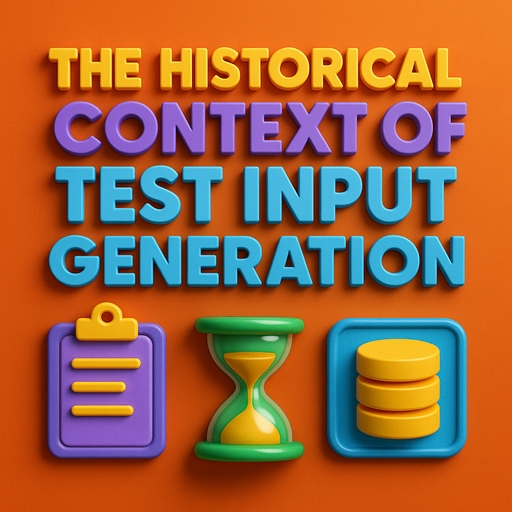
Then came automation. Tools like Selenium, JUnit, and TestNG made it easier to execute tests repeatedly. QA teams started loading inputs from CSVs, Excel sheets, and data providers. This reduced manual labor, but the input still had to be created and maintained. You’d spend hours curating values, especially for edge cases: maximum lengths, unsupported characters, or invalid formats.
Even with automation, two big challenges remained: creativity and coverage. Testers often missed rare edge scenarios or user behaviors simply because those cases weren’t obvious. Also, in fast-paced environments, teams didn’t always have time to brainstorm 50 different inputs for each form field.
That’s where AI stepped in. By 2020, large language models (LLMs) introduced a new option: instead of scripting test data or manually inputting it, testers could describe their intent in plain English. Tools like ChatGPT made it possible to type, “Give me five invalid email addresses,” and receive instant, usable test inputs. This new method unlocked creativity, saved time, and dramatically improved test coverage.
Understanding this history is crucial. It highlights why prompt engineering matters today. It’s not just a trend, it’s a solution to long-standing problems in QA: manual bottlenecks, missed edge cases, and test data fatigue.
💬 Back in my day, test data came from spreadsheets, not space-age robots!
How AI Understands Prompts [Simplified for Testers]
What Is Prompt?
A prompt is the input text you provide to an AI model. It can be a question, a command, or a combination of instructions. Think of it as the conversation starter between you and the AI. The better your prompt, the more accurate and relevant the response. Prompts can be short and simple, like “Generate 5 test cases for a login form”, or long and detailed, including examples, expected formats, and specific roles.
In QA, prompts are used to simulate test case creation, data generation, bug analysis, and more. Whether you’re asking for a list, a scenario, or a formatted output, the prompt guides the model in producing exactly what you need. Just like a test case has preconditions and steps, a good prompt has structure and clarity.
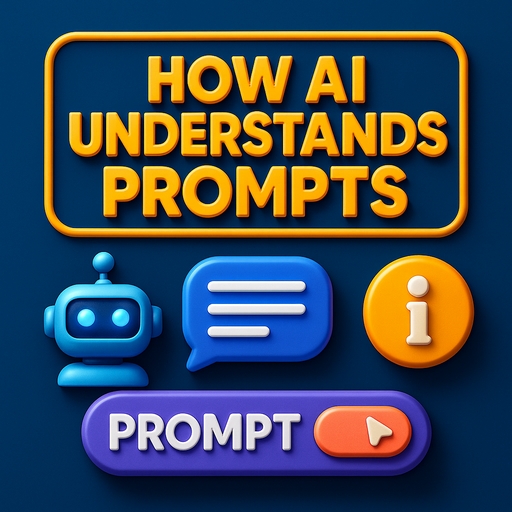
Mastering the art of writing precise prompts can save hours of manual effort and unlock deeper insights from your AI tools.
Example:
Prompt: “Generate 5 boundary value test inputs for an age field that accepts 18 to 60.”
AI Response:
- 17 [below min]
- 18 [min]
- 59 [just below max]
- 60 [max]
- 61 [above max]
Prompt Anatomy
A prompt typically includes:
- Context: What is being tested
- Instruction: What do you want the model to do
- Format (optional): How you want the output structured
LLM Concepts You Should Know
- Tokens: AI models break down inputs into small pieces called tokens. A single word may consist of one or more tokens depending on its complexity. Understanding token limits helps prevent your prompt from getting cut off mid-conversation.
- Temperature: This setting controls the randomness of the AI’s response. A lower temperature (like 0.2) gives more focused and deterministic outputs. Higher values (like 0.8) introduce creativity and variation but can lead to inconsistent results.
- Top-p (nucleus sampling): An alternative to temperature, top-p restricts the model to consider only the most likely next words until their cumulative probability exceeds a threshold [e.g., 0.9]. This balances diversity and relevance.
- Context window: The model has a fixed memory span, called a context window, measured in tokens. GPT-4, for example, can handle about 32,000 tokens. If your conversation exceeds this limit, earlier parts may be forgotten.
💬 Treat your prompt like a Tinder bio, clear, honest, and with zero typos.
Current Trends in Prompt Engineering for QA
Zero-Shot and Few-Shot Testing
Zero-shot and few-shot prompting are ways to guide AI without training it or writing scripts.
- Zero-shot testing means giving no examples, just the instruction.
Example Prompt: “Generate test inputs for a login form.”
- Few-shot testing adds a few sample inputs to show the pattern.
Example Prompt: “Generate 3 test cases for a signup form. Example:
- Scenario: Valid email and password.
Input: user@example.com,
P@ssword123.
Expected: Account created.
- Scenario: Invalid email format.
Input: userexample.com,
P@ssword123.
Expected: Error message.”
Few-shot prompts give the model a better idea of formatting and logic. This is useful when the AI misinterprets vague prompts or returns generic results.
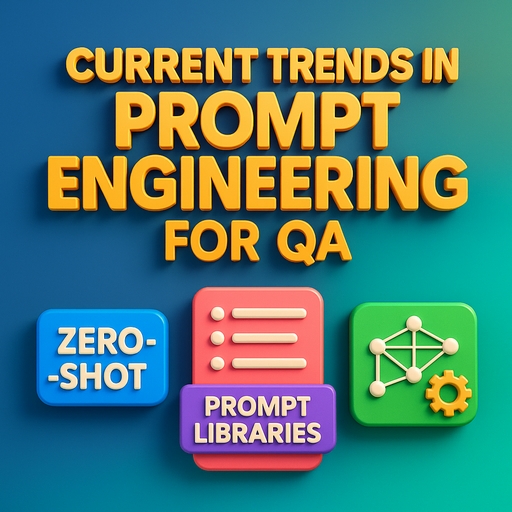
Prompt Libraries
Prompt libraries are curated collections of effective prompts tailored for specific QA use cases. These libraries are becoming essential assets for teams who want consistent and efficient use of AI across projects. Instead of reinventing prompts every time a new test scenario arises, teams can reuse and adapt from a centralized repository.
Prompt libraries can be maintained in tools like Notion, Confluence, or even a shared Google Sheet. Each entry typically includes:
- Purpose or use case
- Prompt structure
- Sample expected output
- Notes on how to tweak it
This ensures repeatability, especially across large QA teams working in agile environments. With version control, reviewers can fine-tune prompts for accuracy and consistency.
Examples:
- “Create 10 test cases for a password reset flow.”
- “Generate negative test data for an email field.”
- “List exploratory test scenarios for a hotel booking site.”
- “Generate edge case test inputs for a phone number validation field.”
- “Create a test plan outline for an API with GET and POST methods.”
Well-maintained prompt libraries reduce onboarding time for new testers, promote prompt standardization, and make AI-driven testing scalable for teams.
Integration into QA Tools
Some tools integrating prompt engineering:
- Testim AI for test generation
- Mabl for test suggestions
- Postman for prompt-based JavaScript tests
💬 Trend alert: Writing better prompts than your project manager writes emails.
Practical Applications in Modern QA Workflows

Boundary Value Generation
Prompt: “Give me boundary values for a signup form’s username field [4 to 20 characters].”
Result:
- “abcd” [min]
- “abcdefghijklmnopqrst” [max]
- “abc” [below min]
- “abcdefghijklmnopqrstu” [above max]
Exploratory Test Planning
Prompt: “What are 10 things that could go wrong on a checkout page?”
Bug Report Review
Prompt: “Rewrite the following bug report to make it clearer.”
Accessibility Input Ideas
Prompt: “Generate test inputs to check screen reader compatibility on a modal dialog.”
💬 If your AI isn’t helping you debug by now, you’re in the wrong timeline.
Prompt Engineering Techniques That Work
Role-Based Prompts
These prompts ask the AI to respond as if it holds a specific role. This improves the relevance and tone of the output.
Basic Prompt: “Generate test cases for a credit card form.”
Role-Based Prompt: “You are a senior QA analyst. Generate detailed test cases for a credit card input form, including edge cases and validation rules.”
Role-based prompts help the AI adopt a tester’s mindset, enabling it to surface more nuanced results. You can specify roles like QA Lead, Accessibility Tester, Performance Tester, or DevOps Engineer to tailor the outcome further.
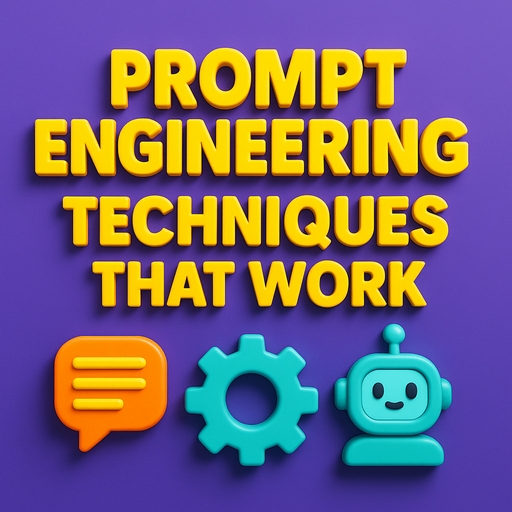
Examples of Role-Based Prompts:
- “As a QA lead, list 10 test cases for a shopping cart feature.”
- “You are an accessibility tester. Suggest 5 screen reader compatibility checks for a modal.”
- “Act as a DevOps engineer. Provide test cases related to deployment rollback.”
These instructions improve AI alignment with context and testing goals, making the output more realistic and test-ready.
Output Formatting
Well-formatted outputs improve clarity, speed up test implementation, and make it easier to transfer results into test management tools or documents. Instead of receiving unstructured text, you can instruct the AI to deliver information in a structured way, such as tables, lists, or even code snippets.
Examples of Formatting Instructions:
- “Output as a Markdown table with columns: Scenario, Input, Expected Result.”
- “List the results as bullet points.”
- “Format using Gherkin syntax for BDD.”
- “Respond with JSON structure: input, expected output, status.”
Prompt Example: “Generate 5 test cases for a registration form and format the response as a table with columns: Scenario, Input, Expected Result.”
Structured formatting ensures AI outputs are easier to read, verify, and integrate into your QA workflow.
Chaining Prompts
Chaining prompts is a technique where you build on previous prompts or responses to explore a topic deeper, simulate test planning conversations, or progressively refine your results.
Example Workflow:
- Prompt: “List the most error-prone features of a booking site.”
- Follow-up: “For feature #2, generate 5 exploratory test ideas.”
- Next: “Convert those test ideas into structured test cases with inputs and expected results.”
This layered approach mirrors how testers think and iterate. It allows the AI to maintain context and produce increasingly refined results that evolve with your goals. It’s especially useful when breaking down complex systems into smaller testable chunks or for brainstorming sessions.
Tools to Use
- ChatGPT
- Claude
- Testim
- Postman + AI
- n8n or Zapier for chaining workflows
💬 Think of prompts like pizza orders, be specific, or get pineapple by accident.
Real-World Examples and Case Studies

Startup QA Team Boosts Test Coverage
A 4-person QA team used ChatGPT to generate 300+ new test cases in a week.
AI-Assisted API Testing
Teams used OpenAPI docs and prompts to auto-generate negative API tests. Bug detection improved 22 percent.
Productivity Impact
Before AI: 6 hours for a full test case set.
After AI: 30+ cases in under 10 minutes.
💬 Yes, someone used AI to test a toaster app, and it worked!
Challenges and Limitations
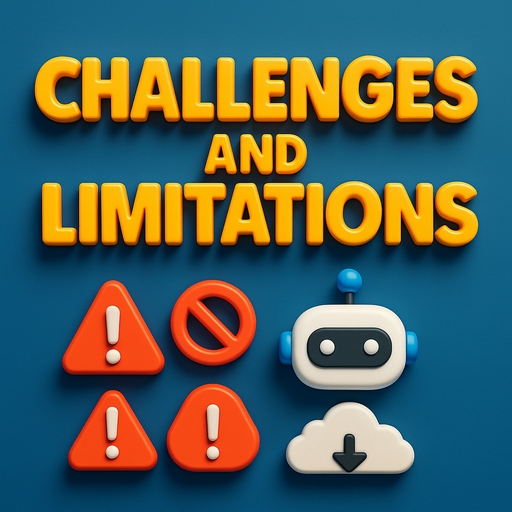
- Vague prompts produce vague results.
- AI lacks domain context unless provided.
- Hallucinations can occur; always validate output.
- Model behavior may change over time.
💬 AI is like a junior tester, it tries hard but sometimes thinks ‘404’ is a sushi roll.
Future Predictions for Prompt Engineering in QA
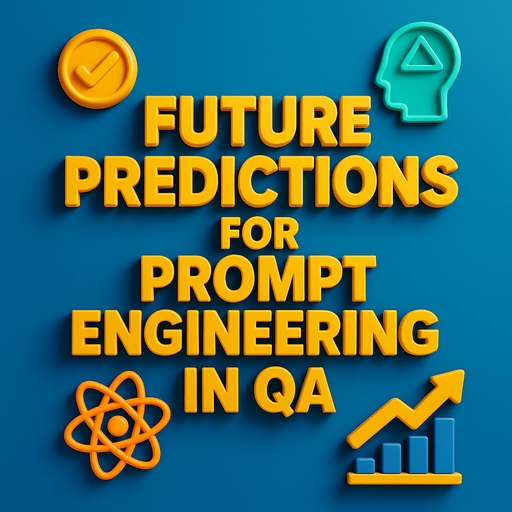
- Domain-tuned models for QA
- Built-in prompt libraries
- Pair-tester bots
- Prompt-to-feature mapping tools
- Ethical reviews of AI-generated cases
💬 In the future, even your AI will ask, ‘Did you mean this prompt or the other one?’
Prompt Libraries for Teams

Teams are now building internal prompt repositories to:
- Ensure consistency
- Improve speed
- Reduce training time
Categories include:
- Login flows
- Form validations
- Accessibility checks
- API tests
- Localization scenarios
💬 Sharing prompts is caring, until someone deletes the ‘login test’ template.
How to Start Prompt Engineering as a QA Professional
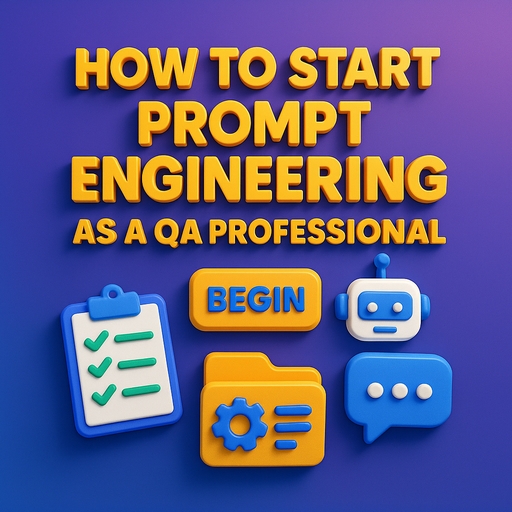
Steps to Try Today:
- Pick one test flow
- Open ChatGPT
- Prompt: “You are a QA tester. Create 5 test cases for a login page.”
- Add format and context
- Review and improve
Practice Tools:
- ChatGPT
- Claude
- Notion AI
- Postman AI
💬 Step 1: Talk to the AI. Step 2: Panic less. Step 3: Profit.
Authoritative Sources and References
- IEEE Xplore: AI in Software Testing
- Ministry of Testing
- OpenAI Cookbook
- Testim AI Docs
- Mabl Guides
- Claude Whitepapers
- Applitools Visual AI Blog
- GitHub: Awesome Prompt Engineering


